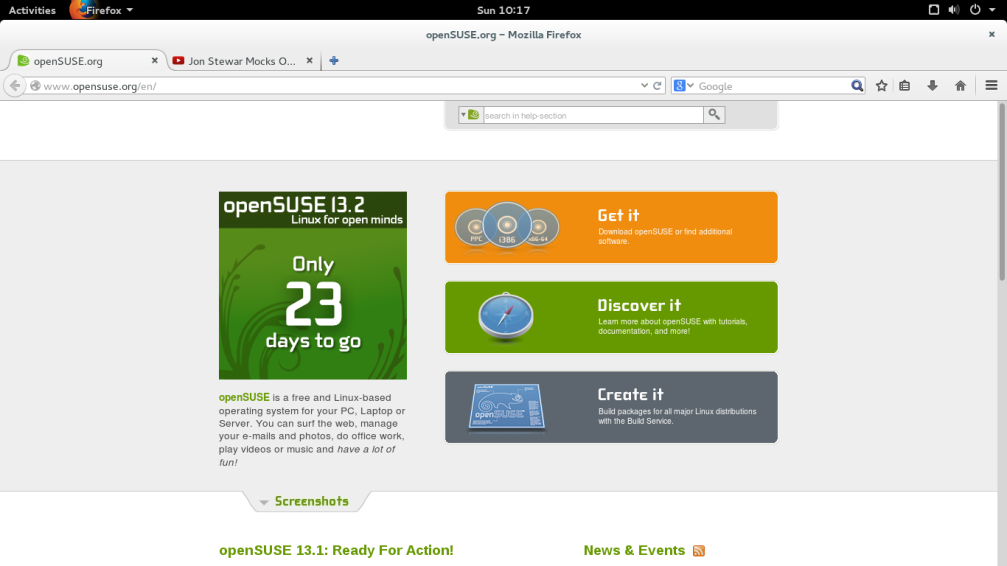I finished reading Kurt Vonnegut’s Slaughterhouse-Five. I first learned or heard about Slaughterhouse-five from Jessica Zafra’s radio program in the late 90s. I surmised that she loves the novel because she often mentions it. Ms. Zafra is an author herself and was the manager for the band Eraserheads. Due to the easy access to e-books nowadays, I decided to download Kurt Vonnegut this past week. I downloaded it using bittorrent along with a number of Kurt Vonnegut’s other works. Mr. Vonnegut himself said that Slaughterhouse-five is a loser and promised that his next works won’t be.
Slaughterhouse-five is the author’s personal experience as told by him in his own words and style, when he was a prisoner of war in Germany in the second world war. He would later write about his captivity and the bombing of Dresden where he and other prisoners of war spent the rest of the war in Europe. Slaughterhouse-five is an anti-war war novel. The writer who is also the main character is a soldier, an infantry man, a private. He saw the barbaric nature of war. He experienced the senseless killing of civilians and the destruction of a city that has no military value. He saw the effects of mass bombing by hundreds of planes concentrated on a city of 100,000 people.
I watched a Youtube clip of Mr. Vonnegut speaking before university students and faculty about the war. That it was senseless, he explains that it benefited no one except himself because he earned from the experience by writing about it and selling books. He came out and stated the obvious: that he made money from the sufferings of others when he wrote this book.
Slaughterhouse-five is an honest book about the horrors of war. It was written in parody and in a comical style that does not abuse the subject. The author would write in two or three paragraphs in non-linear story telling depicting the effect of an event of such shock to the soul and morals that it splinters the character experiencing it.
The author’s father asked him why he doesn’t have a villain in his books. He said that he doesn’t have villains in his books and he also doesn’t have heroes either. He said that this book in particular would not sell because of it.
He mentioned two names to thank in his book. First to the wife of his friend and co-prisoner in Dresden and then to the German taxi driver who drove him around Dresden after the war. His friend’s wife did not approve of the usual books on war and he promised her that this book will not be the usual. The taxi driver was a young man during the war whose mother was incinerated during the bombing of Dresden.
Some people believe that people are resilient. They believe that man survives against great odds. This book says we pay a price for war even the victors.








